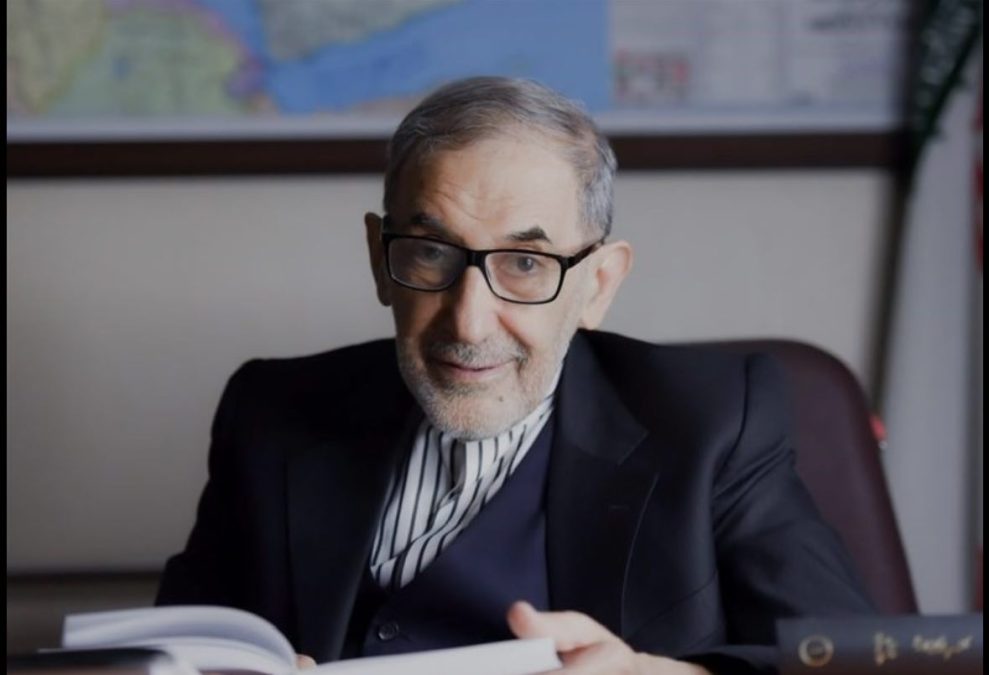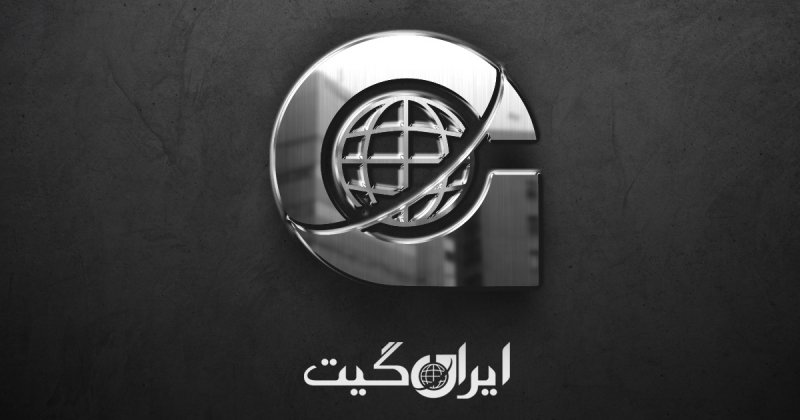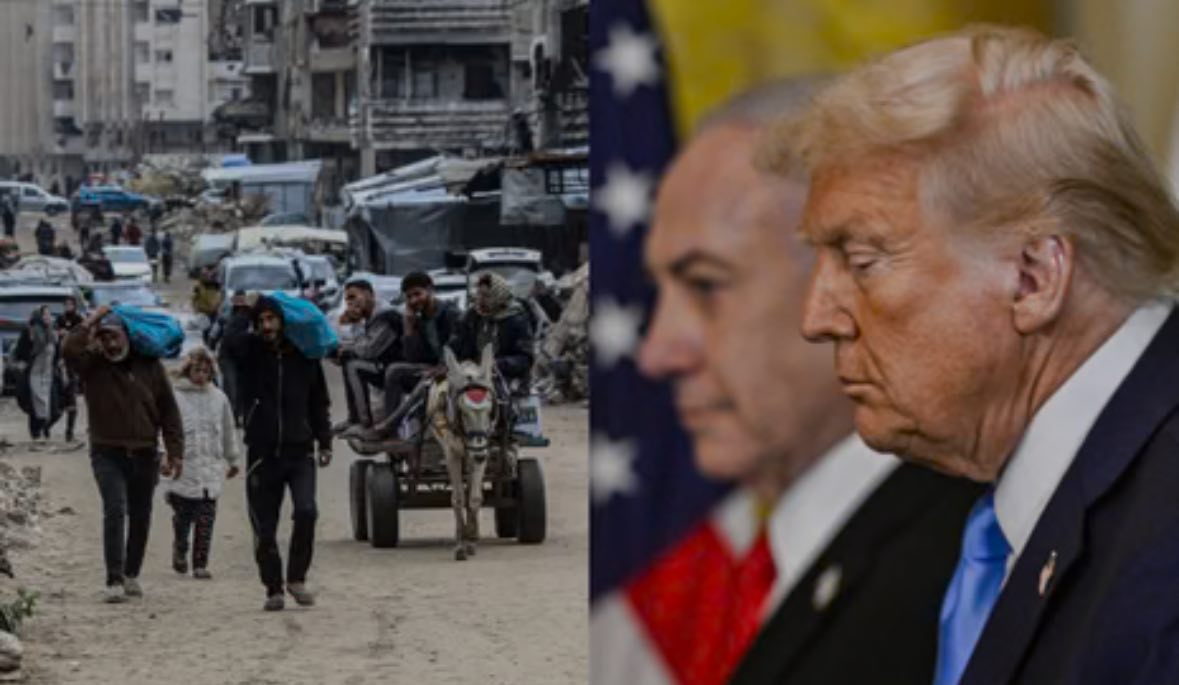Ceasefire in Gaza, Alarm in Tehran
Ceasefire in Gaza, Alarm in Tehran
According to Iran Gate News Agency, despite the widespread welcome from regional countries for the recent ceasefire between Israel and Hamas, the Islamic Republic of Iran finds itself in one of its most critical geopolitical situations in recent decades. This situation not only questions the cohesion of the resistance axis but also highlights clear signs of Tehran’s declining regional influence, diplomatic isolation, and internal fragility in the security and economic arenas.
Ceasefire in Gaza and Increasing Challenges for Iran’s Regional Policy
While Middle Eastern countries have welcomed the establishment of a ceasefire between Israel and Hamas in the Gaza Strip, the Islamic Republic of Iran sees itself in one of the most fragile political and regional positions in the four decades since the 1979 revolution.
The Associated Press, in a report, has examined the consequences of this ceasefire and analyzed its impacts on Iran’s position in regional equations.
The report states that in recent years, the Islamic Republic has attempted to organize a coalition of allied states and groups under what is called the resistance axis to create a deterrent structure against the influence of Israel and the United States.
However, during the recent round of conflicts in Gaza, Israeli attacks were not limited to Hamas positions alone but also targeted objectives in Lebanon, Syria, Yemen, and even some senior Iranian military and nuclear figures. Analysts believe this unprecedented action has weakened the response capability and cohesion of the resistance axis.
Increasing International Pressures and Iran’s Growing Isolation
On the eve of U.S. President Donald Trump’s visit to the Middle East—a trip expected to be warmly welcomed by Israel and Arab governments in the region—Iran finds itself on the sidelines of these activities and is still grappling with the military and political aftermath of the 12-day war in June.
Ali Vaez, the Iran Project Director at the International Crisis Group, told the Associated Press that this might be one of the dimmest periods for Iran’s foreign policy in recent years. Although the network of regional allies has undergone a relative collapse, one cannot speak of the end of the resistance axis.
Dual Narratives from Claims of Victory to Ground Realities
Iranian official media, relying on the discourse of symbolic victory, have tried to present the recent ceasefire as an achievement for Hamas and the resistance axis.
However, the ground reality offers a different narrative. According to reports, the Israeli army, during its attacks, has killed over 67,000 people in Gaza and severely destroyed the vital infrastructure of the region.
The Iranian Ministry of Foreign Affairs, in a statement, announced its support for any action that leads to the cessation of genocide in Palestine.
Meanwhile, Ali Akbar Velayati, the international affairs advisor to the Supreme Leader of the Islamic Republic, in a message on the social network X (formerly Twitter), hinted at the possibility of escalating tensions in other parts of the region, warning that the ceasefire in Gaza might pave the way for new conflicts elsewhere.

Security Threats, Leader’s Absence, and Public Concern
Following the wave of Israeli airstrikes in June, which according to Western sources caused significant damage to Iran’s defense systems, public concern over the potential repetition of these attacks has intensified.
In the meantime, Ali Khamenei, the Supreme Leader of the Islamic Republic, has noticeably distanced himself from attending official events and public speeches, and even the traditional ceremony marking the anniversary of the end of the Iran-Iraq war, which was held annually with his presence, has been canceled without explanation.
Simultaneously, the country’s economy, under the added pressure of international sanctions, reduced oil revenues, and falling global energy prices, is facing more structural crises.
Declining Regional Influence from Syria to Yemen
In the first decades after the Islamic Revolution, the Islamic Republic tried to expand its influence in the Middle East by relying on Shia and anti-Western discourse.
After the end of the war with Iraq, this strategy transformed into supporting proxy groups and creating strategic depth in the region.
But now, field developments indicate a gradual retreat of this influence. In Syria, the weakening of Bashar al-Assad’s government and the targeting of Hezbollah and Hamas leaders have challenged Iran’s position. In Iraq, Tehran-aligned proxy groups have been marginalized, and in Yemen, the Houthis are under pressure from targeted and precise Israeli attacks.
According to Western sources, the 12-day war has also limited Iran’s capacity to continue its nuclear activities, and the production of enriched uranium has been temporarily halted.
China and Russia’s Inaction, Tehran’s Further Isolation
Ali Fathollah-Nejad, head of the Middle East and Global Order Studies Center in Berlin, says the recent ceasefire in Gaza is a symbol of the gradual decline of Iran’s regional influence, a process that began in 2024 and has been accompanied by the practical collapse of the resistance axis.
Now, Israel’s military capacity is freed up and may be used directly against Iran’s interests in Lebanon or even within its borders.
He also added that contrary to Tehran’s predictions, neither China nor Russia has provided effective practical support to the Islamic Republic, although Iran continues to sell cheap oil to China and supply drones to Russia.
Diplomatic Silence and an Unclear Outlook
U.S. President Donald Trump has welcomed Iran’s acceptance of the ceasefire, describing it as very good news.
However, there are no signs of new negotiations beginning regarding Iran’s nuclear program, and ambiguity still casts a shadow over the future of Tehran’s diplomatic interactions.
In conclusion, Ali Vaez told the Associated Press that time is not in Iran’s favor, but the bigger challenge is that no one, even within the country, has offered a clear strategy to get out of the current deadlock.
It is still unclear whether, even if such a path exists, Iran’s leaders are ready to accept it.

